
Bajaj Pulsar P150 First Ride Review: Performance like the OG?
Once upon a time, a Pulsar 150 was a motorcycle you bought to have fun and enjoy riding to the fullest. After all, there was not a lot many options to pick from. Today, we have a new Pulsar P150 and one look at the spec sheet will leave you yearning for more.
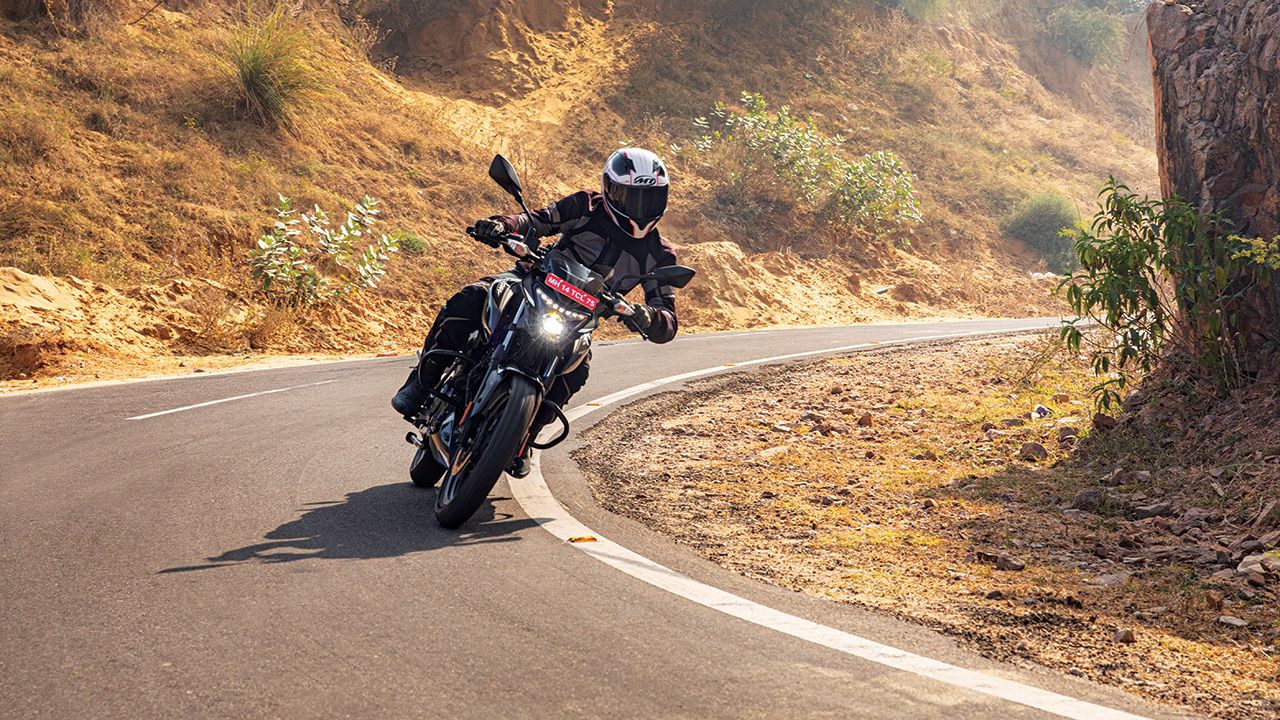
Everyone who was once captivated by the Pulsar 150’s magic has probably moved on to driving a car by now. So, can the new Pulsar 150 make some new fans of its own?
Once upon a time, a Pulsar 150 was a motorcycle you bought to have fun and enjoy riding to the fullest. After all, there were not a lot many options to pick from. Today, we have a new Pulsar P150 and one look at the spec sheet will leave you yearning for more. And remember, Bajaj also sells the N160 which does offer everything you may want from the P150. So, does this new Pulsar even make sense? We spent a few hours with it to find out the answer to that question.
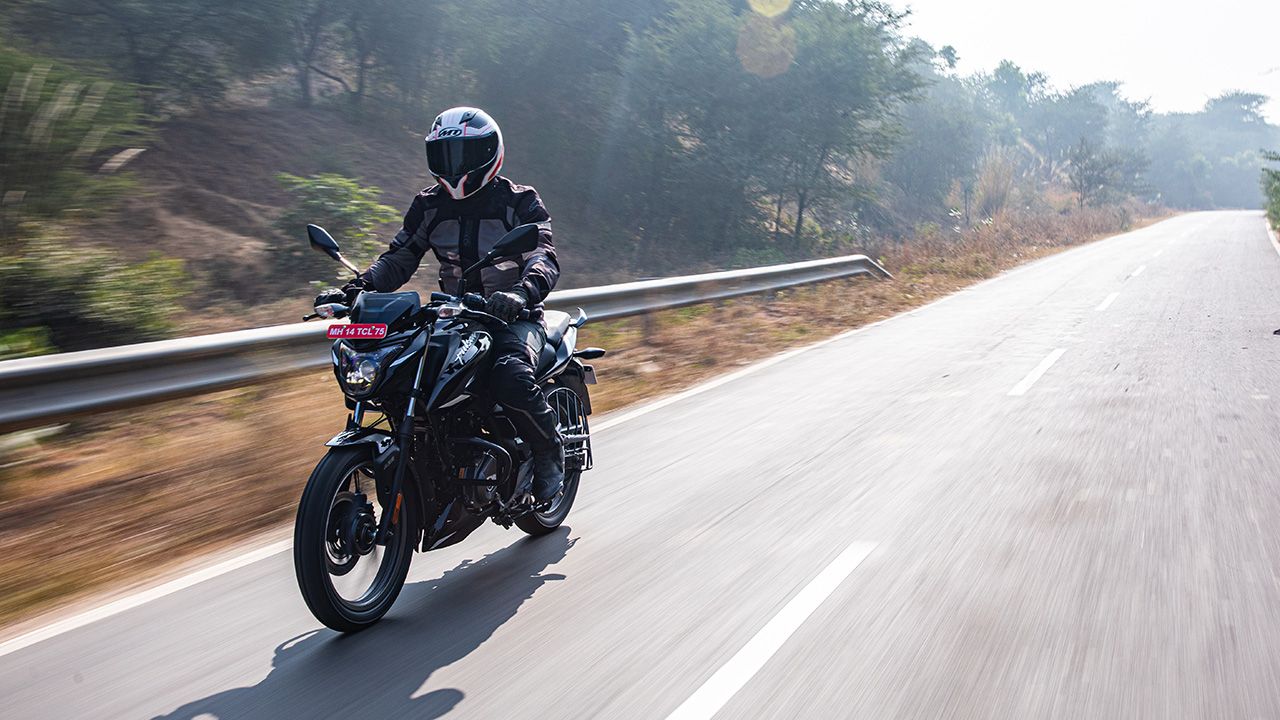
But before we start, note that the Pulsar P150 is available in two versions: Single Disc and Twin Disc. The Twin Disc version gets clip-on handlebars, a split seat and a rear disc for about Rs 3,000 more, and that’s the version that we rode.
What’s New?
A lot of it, to be honest. Bajaj has reworked the chassis of the Pulsar 150 and the engine is now a stressed member of the frame. The exhaust is now an underbelly unit and has lost its bulk, and even the footpegs are made of aluminium.
All of these things point towards the fact that Bajaj has made a serious effort to bring down the weight of the motorcycle, and at 141 kg (kerb), it is quite a light machine. The engine has also been updated and makes more power now, and the torque curve is such that more than 90 per cent of the torque is available low-down in the rev range.

The design too has been given a refresh and the Pulsar 150 now looks more in line with its sportier siblings. The headlamp unit is an LED projector and while we can’t comment on its effectiveness at night, it does make the P150 a tad bit more premium.
As far as the riding experience goes, let’s start with the engine. With a red line at 9,000 rpm, and the ability to go beyond that as well, the Pulsar P150’s heavily updated engine builds revs like a breeze. It is quite refined in most scenarios and it is only when you go past 7,000 rpm do you begin to notice vibrations at the foot pegs which then make their way to the fuel tank region as well. Mind you, this is beyond 8,000 revs! The power delivery is linear with no spikes or dips and no matter what gear you are in, there is enough grunt above 4,000 rpm to get a move on.
So, when it comes to drivability, the P150 is ticking all the right boxes.
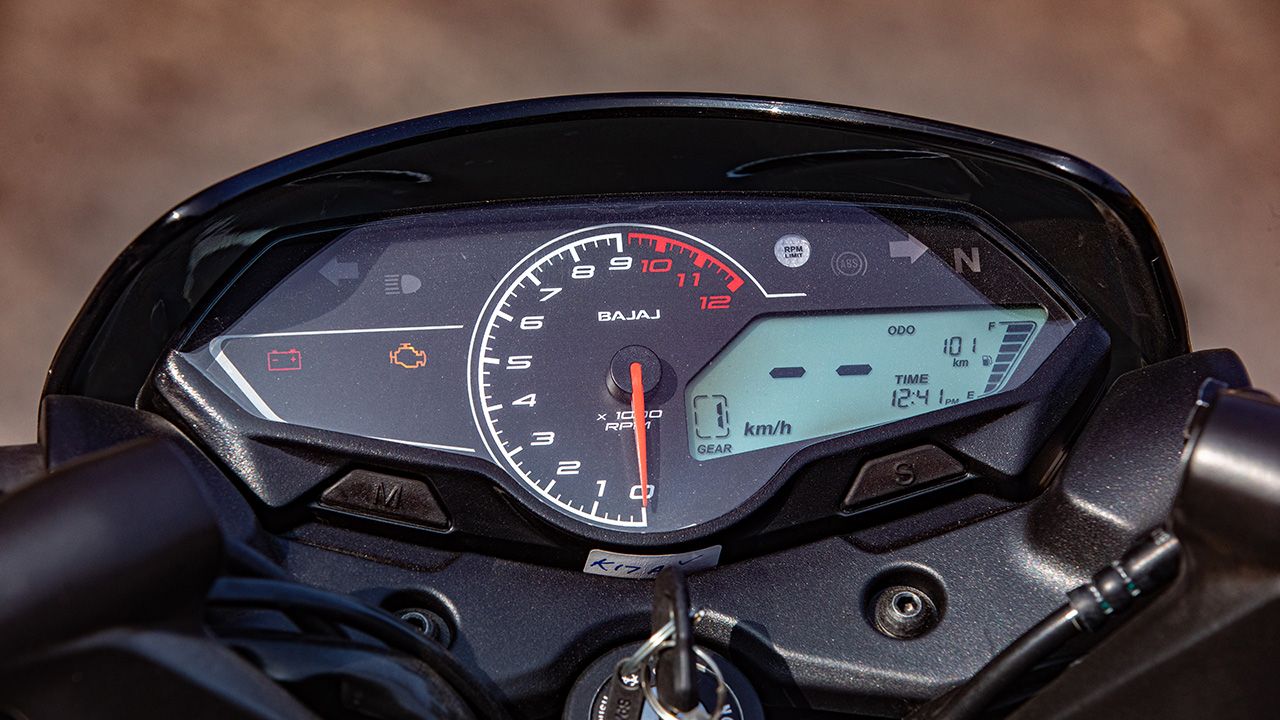
Sitting Right?
When it comes to the sitting position, the upper-body stays slightly leaned forward, but not enough to be a burden on your back or your wrists. The lower body is locked into place and you get to grip the tank quite naturally. The rear-set footpegs mean you can move about on the motorcycle with more confidence. Not only is the riding position comfortable for most scenarios, but it’s also a good motorcycle that allows you to learn how to sit properly on a motorcycle.
The suspension too has been set up for comfort. While the front remains a twin telescopic setup, the rear suspension duties are taken care of by a mono-shock unit. Most undulations are flattened out quite well, and the Pulsar stays stable in the corners too. It is only in the long and high-speed corners that its narrow tyres rob you of some confidence, but apart from that, the Pulsar P150 is quick to change direction and has no qualms in doing so.
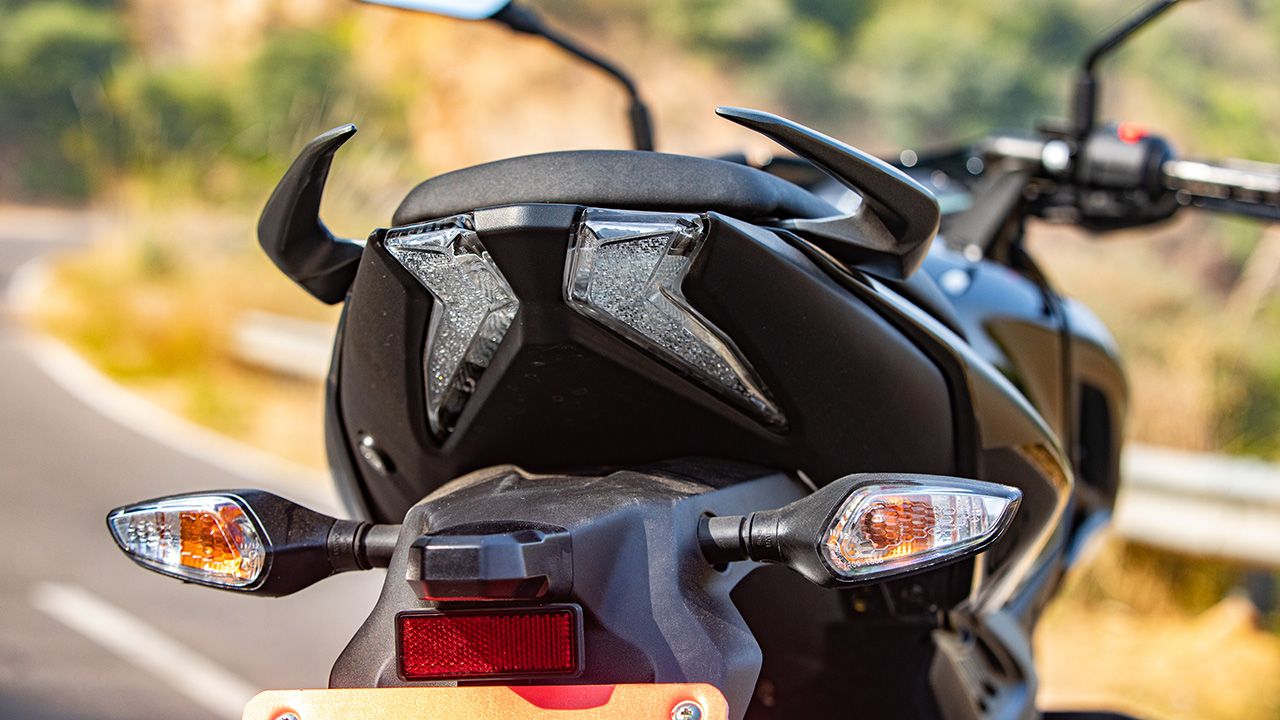
Creature Comforts
The Pulsar P150 is a commuter motorcycle, so expecting creature comforts that pamper you can be a bit too much. What you do get is a USB charging socket in front of the fuel lid to help keep your smartphone charged. The positioning of this socket is quite nice as most people who mount their smartphone on a handlebar mount will find this to be quite convenient.
The instrument cluster is a semi-digital affair. You have a digital screen for the speed on one side, the tachometer in the middle, and your warning lights on the other side. It’s well laid out, and while the design might look a bit old, it does do its job very well. All information on it can be seen at a glance, something that can’t be said for every digital instrument cluster out there.
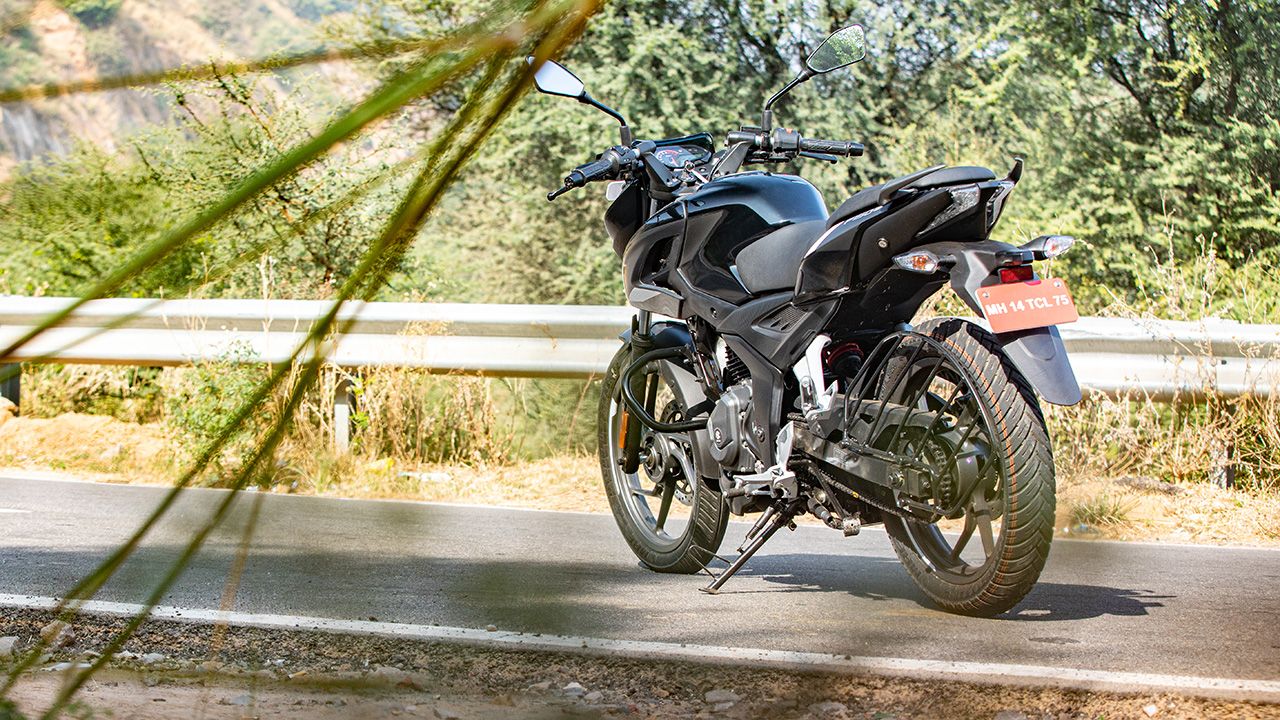
Verdict
So, does the Pulsar P150 make sense? Yes!
You see, its entry-level positioning and friendly nature mean that it’s a good motorcycle to start riding on. The seating position will make sure that you learn how to sit properly on a motorcycle and for the money Bajaj is demanding, the Pulsar P150 comes across as a value-for-money offering. It might not be out there turning men into boys anymore but the P150 has a new job of turning those who don’t ride, into a rider.
Engine: 149.68cc / Single-Cylinder / Air-Cooled
Transmission: 5-Speed
Power: 14.3bhp @ 8,500rpm
Torque: 15.5Nm @ 6,000rpm
Price: ₹1.17 Lakh – 1.20 Lakh (Ex-Showroom)
X-Factor: The significantly good NVH and lightweight nature make it an excellent first motorcycle.
|
Pros |
Cons
|


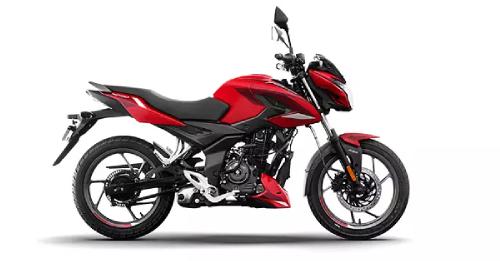

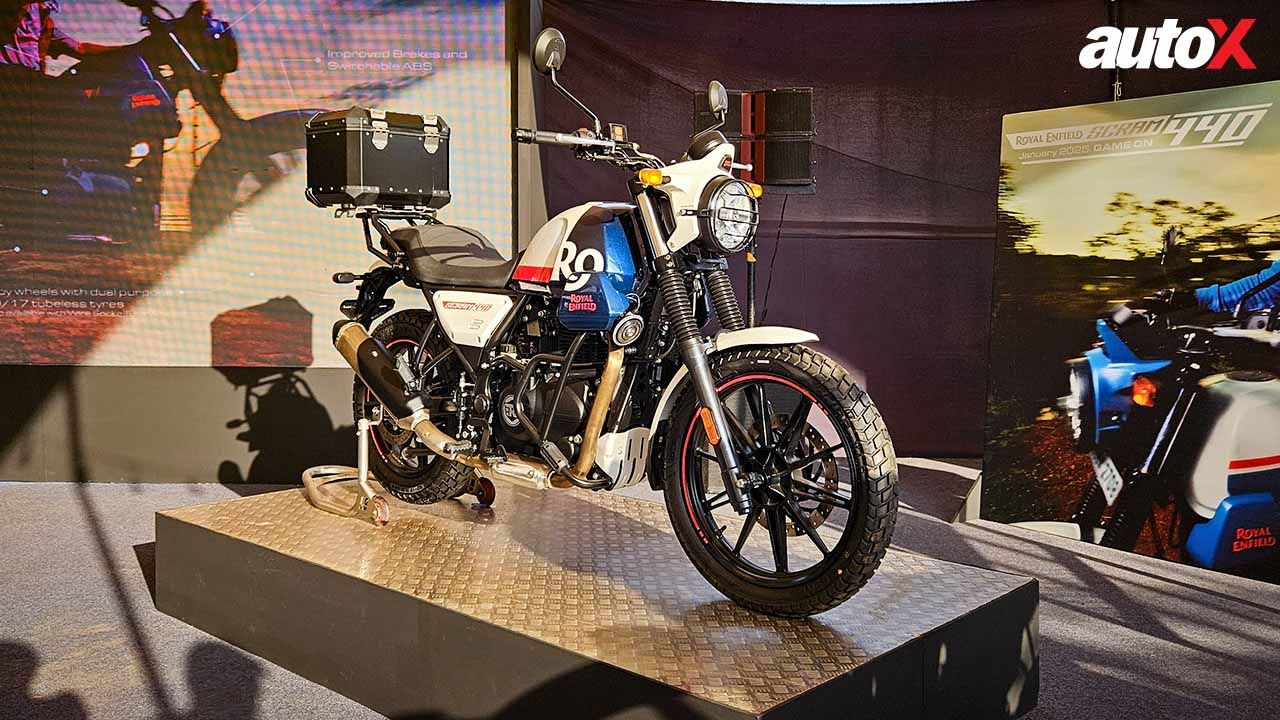
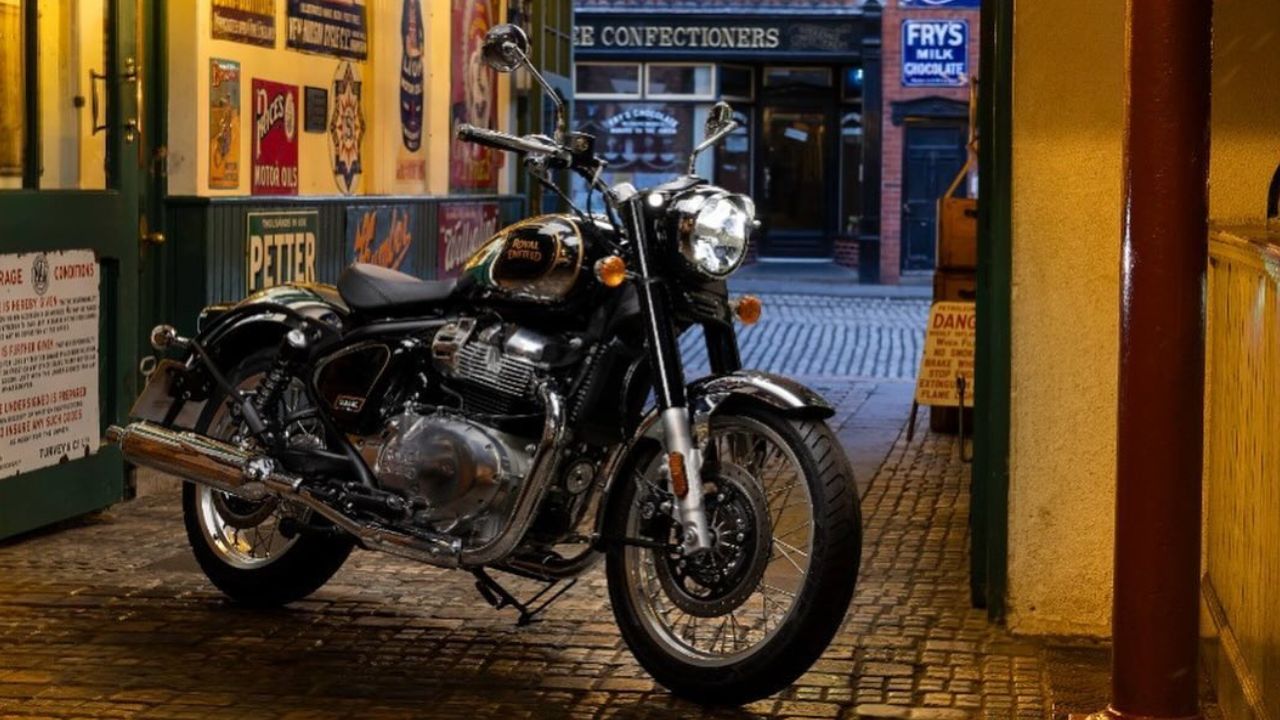
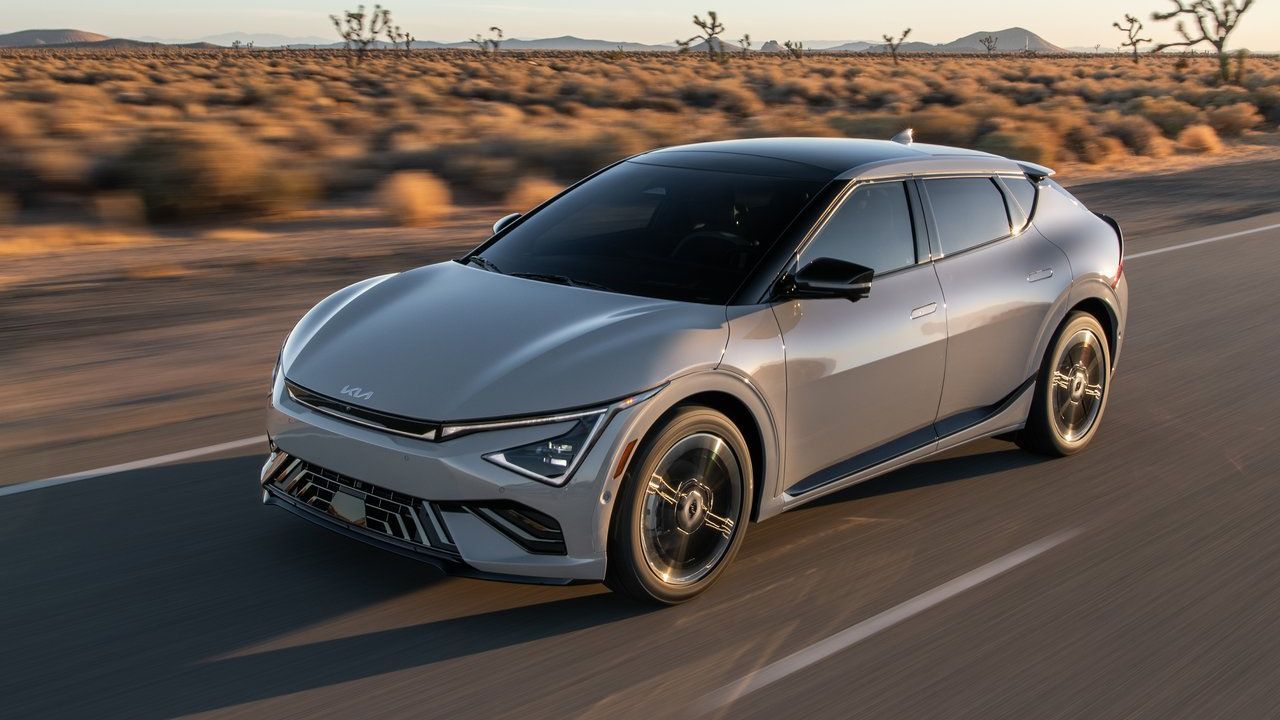
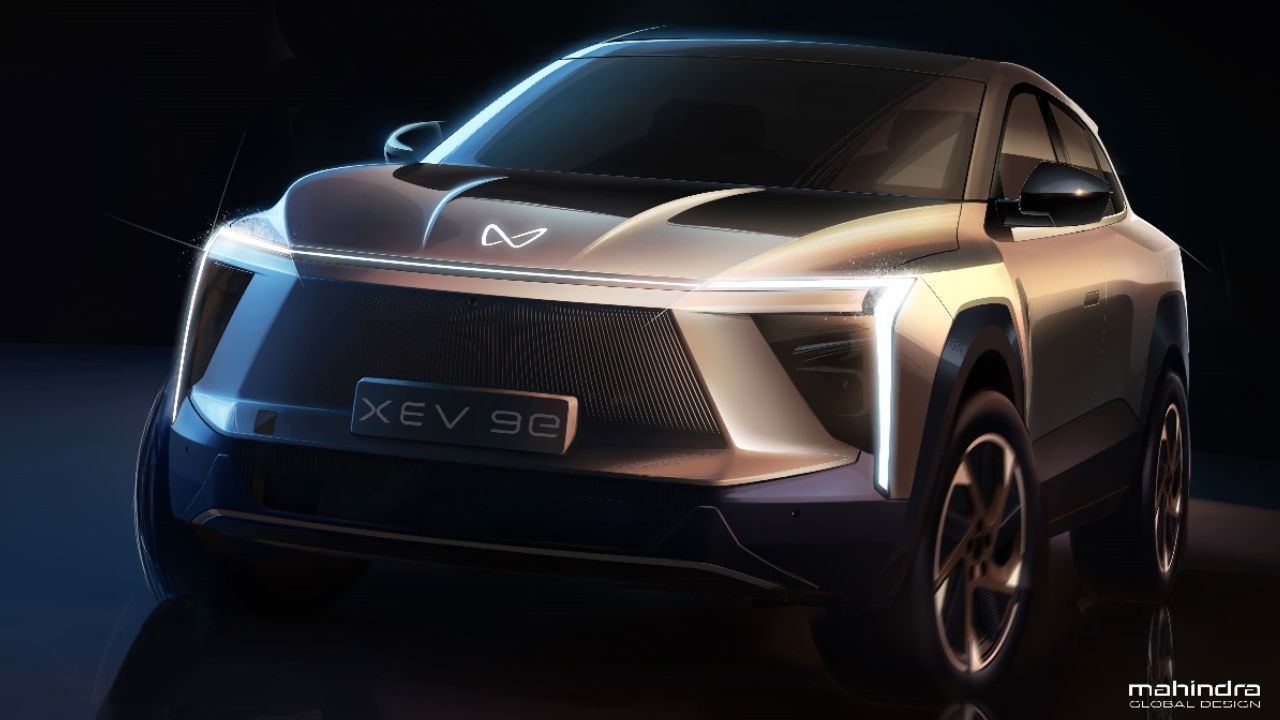

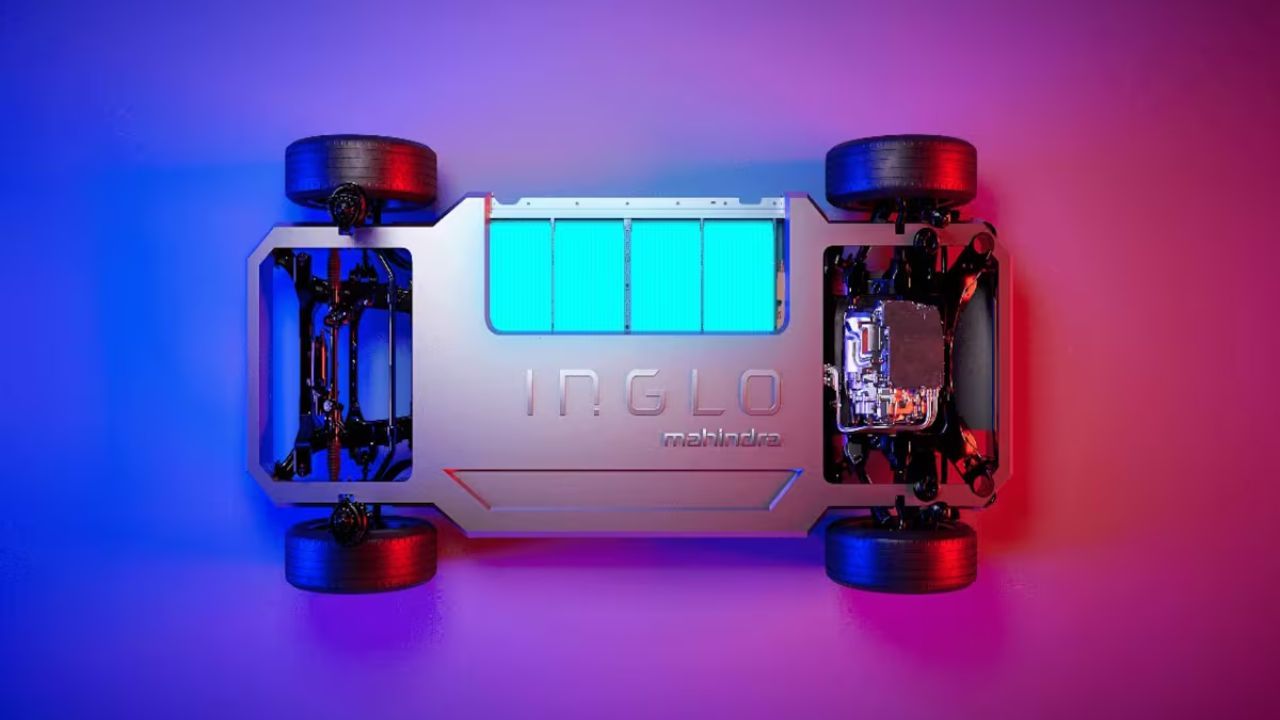

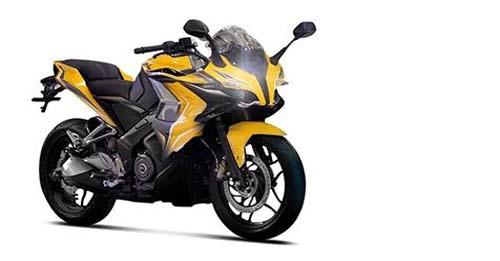
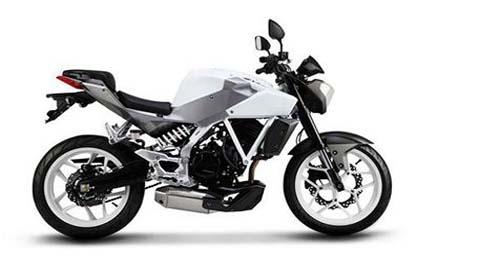
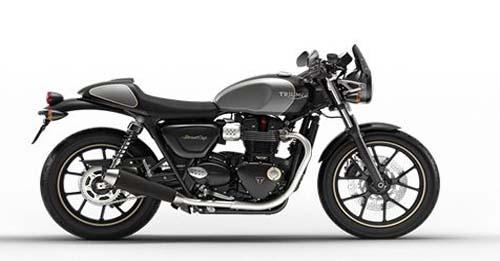
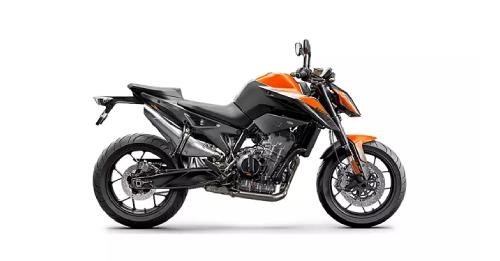









Write your Comment on